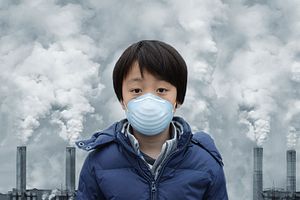When the Swedish economist and sociologist Gunnar Myrdal wrote his magisterial three volume study of postwar economic and political development in Asia, he questioned whether the conditions in Asia would ever be conducive to the kind of runaway economic growth necessary to lift hundreds of millions of people across the region out of poverty. He believed that the widespread dependence on land- and labor-intensive agriculture, as well as ethnic and patrimonial politics, would keep Asian states lagging. However, with the advent of the most recent wave of globalization and economic liberalization, Asia has transcended a lot of those challenges, seeing phenomenal economic growth and widespread poverty alleviation.
That growth, however, has come with a cost. The very mechanism for reaching those growth goals, fossil fuel-driven industrialization and urbanization, is contributing daily to the expanding challenge of global climate change, the brunt of which will be borne in Asia. In much the same way that decolonization was the context for an important evolution in Asia’s political and economic growth trajectory 70 years ago, decarbonization will similarly bring about fundamental changes in the future heart of the global economy. If mismanaged, it could lead to decades of eroding living standards, resource scarcity, and natural disasters, which will be costly both financially and in human terms. A combination of those stressors, in the right political and social mix, could to lead to unrest, and, potentially, conflict. If we are truly entering the Anthropocene, as many scientists wish to call this new era marked by unprecedented human interference in natural systems, the future will be won or lost in Asia.

































